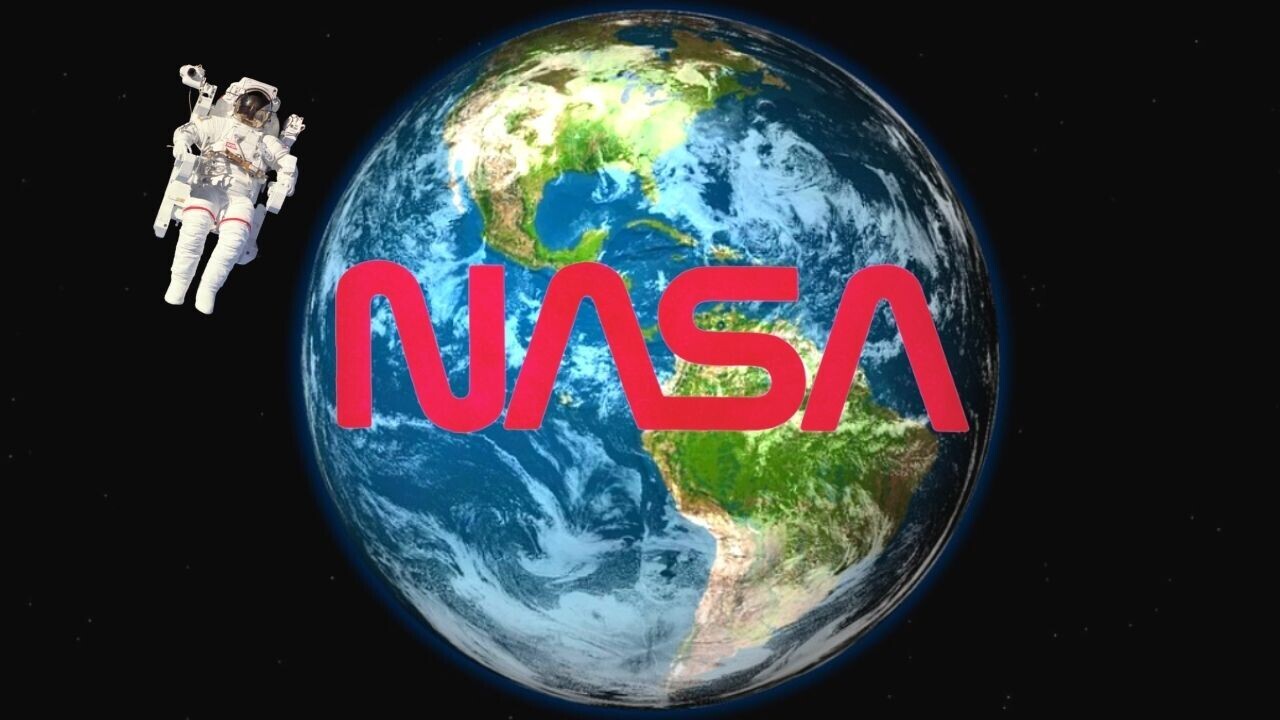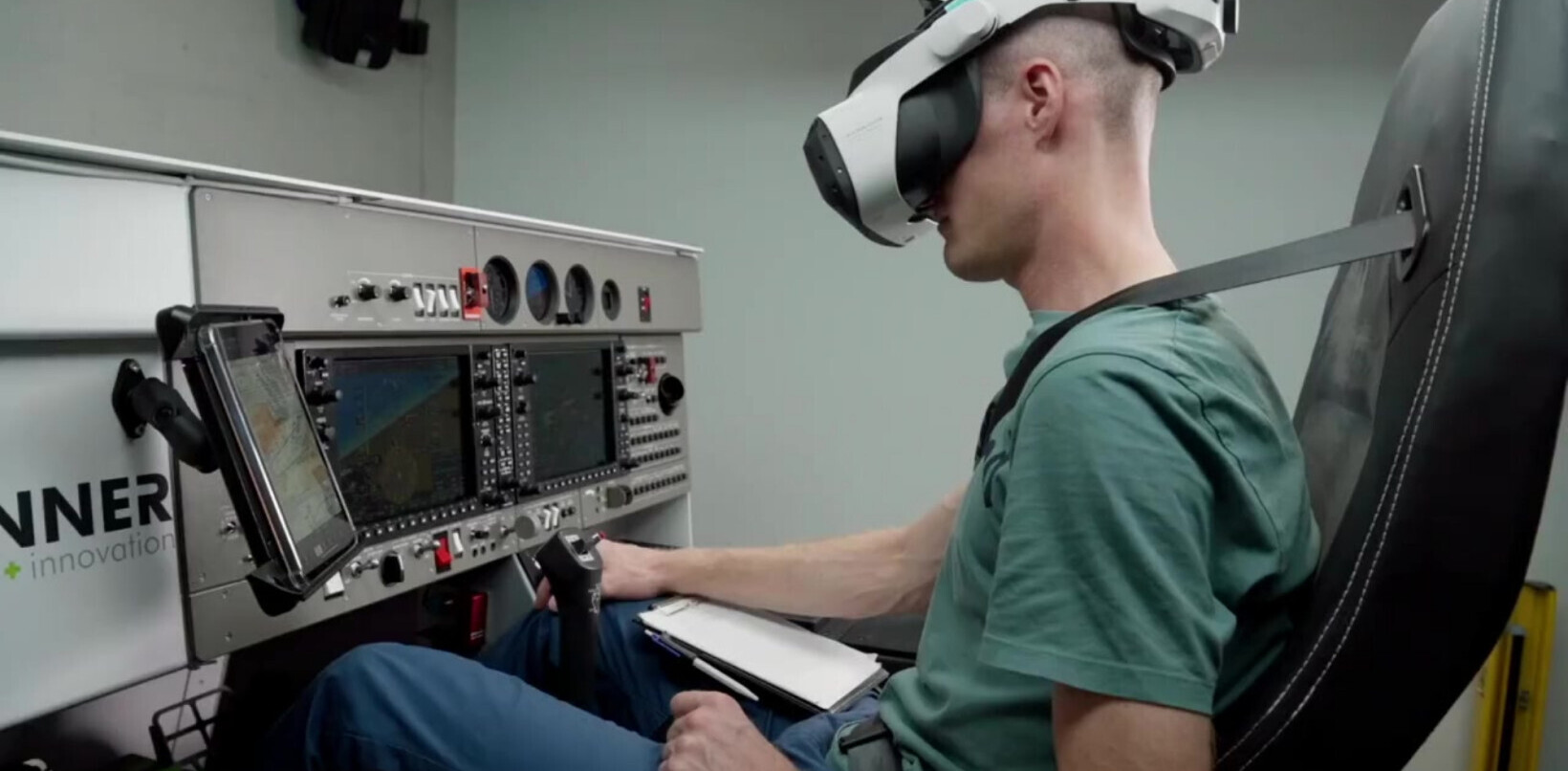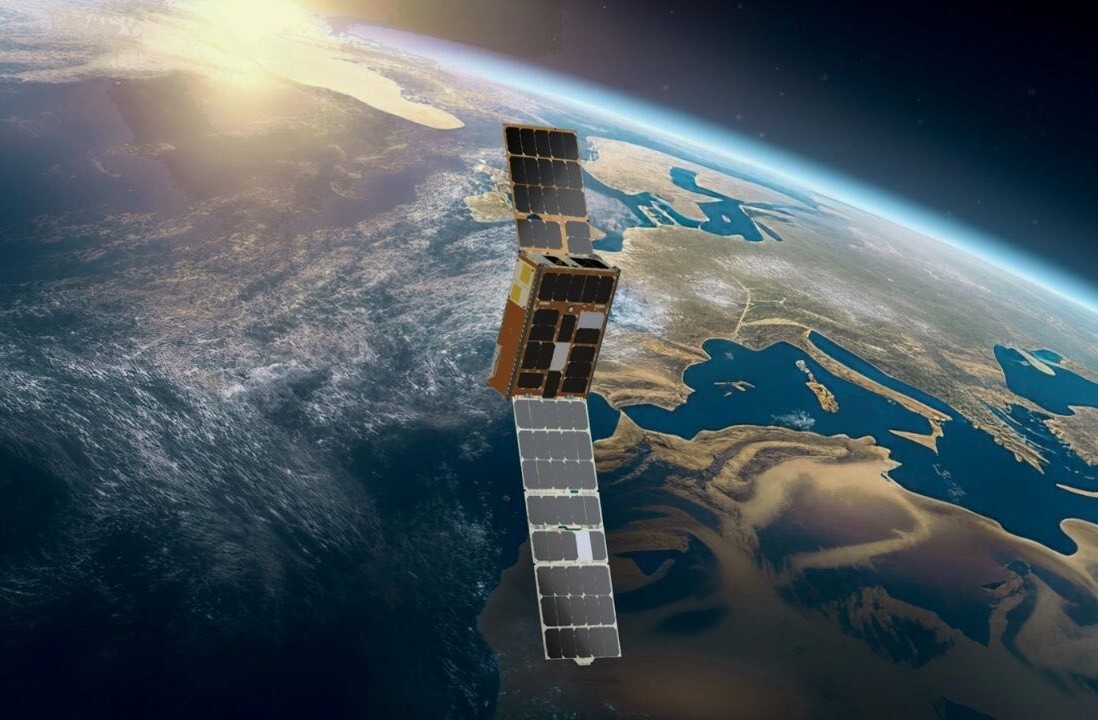
NASA is best known for exploring space, but the agency’s technology is also touching down on Earth.
A new book, called Spinoff 2022, shines the spotlight on the products that have emerged from NASA’s research.
They include an air purifier that’s on tech for growing plants in space; blankets crafted from a substance that NASA created to chill rocket fuel; and underwear for race car drivers that uses material originally developed for spacesuits.

The book also explores 20 recent NASA innovations that are ripe for commercial application.
These range from a biometric system that unlocks phones with heartbeats to a thin-film device that converts CO2 into fuel.

NASA has sought to develop practical products since the agency’s inception in 1958. Today, this work is led by the Technology Transfer program, which searches for the widest possible applications for NASA tech.
“There’s a lot of parallels between the issues we see in space and the issues we see on Earth,” Daniel Lockney, the program executive, told TNW. “From trying to find ways to recycle water, to getting more efficient energy usage and keeping astronauts safe in remote areas, there’s a lot of overlap.”
Lockney oversees the strategy for finding these areas of overlap. The process begins whenever someone spends NASA money on R&D to create something new.
The invention is first reported to the Technology Transfer office. Teams at NASA’s field centers then determine whether the designs are technically feasible and could have a secondary application.
“We figure out if anyone else can use it — and how we can get it to them,” said Lockney.
If it’s software, NASA gives it away for free. If it’s hardware, however, the agency first determines whether a patent is necessary to help companies bring it to market. But the most common approach is to just publish the content and share it as widely as possible.
The free market is then responsible for turning the invention into products.

The program is primarily taxpayer-funded, although NASA does collect a small royalty fee on licensed patents.
“That mostly goes to the inventors as a reward for coming up with a cool idea — and an incentive to continue reporting inventions,” said Lockney. “Nobody’s getting rich off of it; it’s a neat bonus, but it’s a public service and this is a taxpayer-funded activity.
The public service has produced a diverse array of products. They range from the cameras used in many modern smartphones, which NASA pioneered for interplanetary space travel, to a zit zapper that harnesses the agency’s research on thermodynamics.
However, not all the rumors about NASA’s innovations are true — such as the myth of the space pen.
NASA had reportedly spent millions to invent a pen that can write in zero gravity, while Soviet cosmonauts simply used a pencil. In reality, however, the device was independently developed by the founder of the Fisher Pen Company, with $1million of his own funds.
The device was less flammable than pencils and removed the risk of broken lead floating around in microgravity. NASA then tested and approved the design for space use.
Even the Soviet Union has purchased the pen for spaceflights, while NASA astronauts continue using it today.
Another common misconception is that NASA invented Tang, a drink mix that was used on several early space missions.
“Even though that wasn’t created by us, it shows the expectation that there would be all of these cool benefits from space and NASA missions,” said Lockney.

Lockney believes that his program also makes NASA’s work more relatable:
With space, the end result isn’t these technologies, but rather expanding humanity’s understanding of the universe and our place in it. But that’s so audacious and abstract, it’s hard to wrap your mind around it. A tertiary benefit of that loftier goal is we also get these cool processes, products, and services.
They also prove that exploring space can have terrestrial benefits.
Get the TNW newsletter
Get the most important tech news in your inbox each week.





